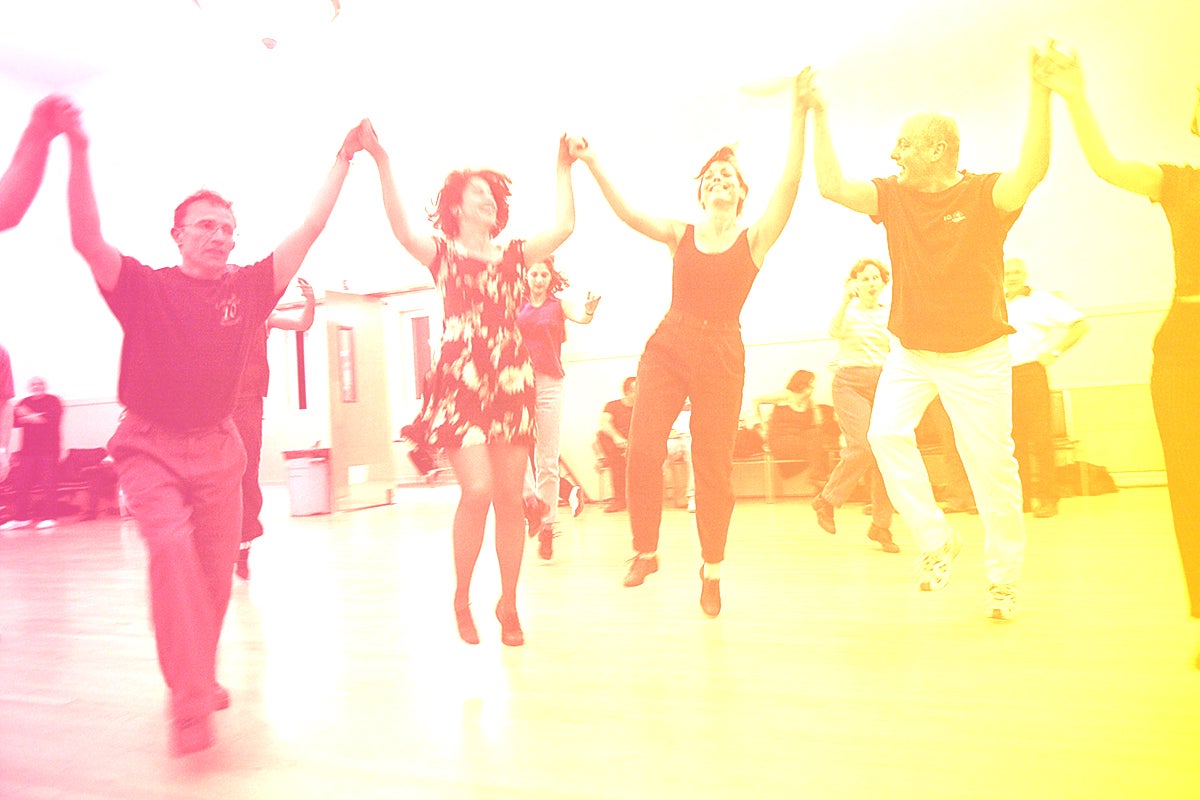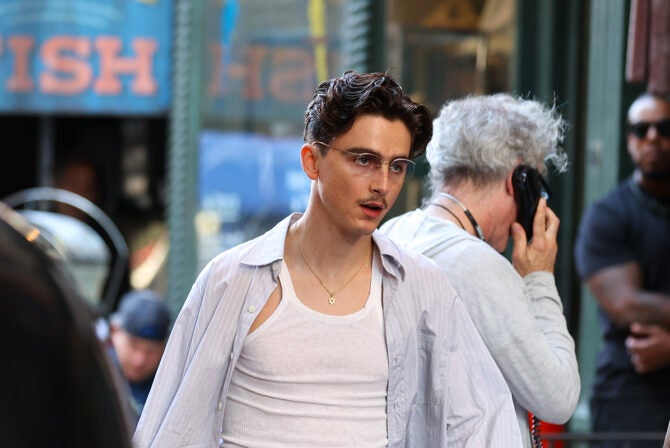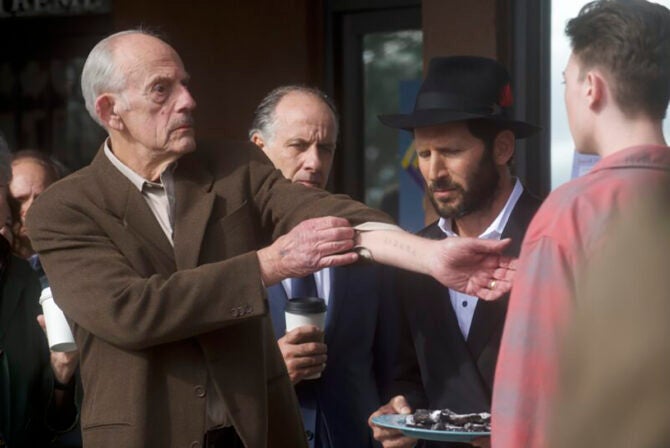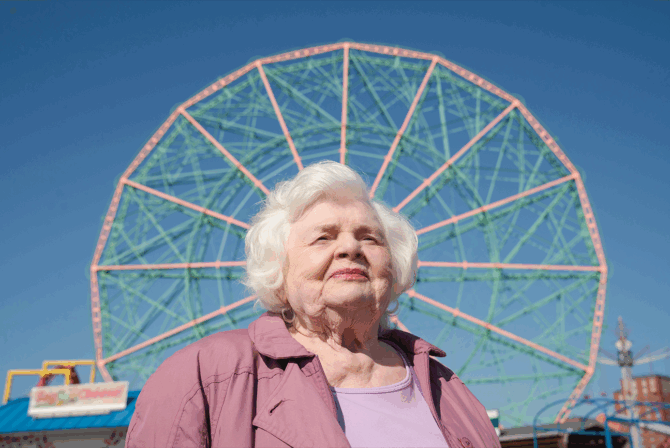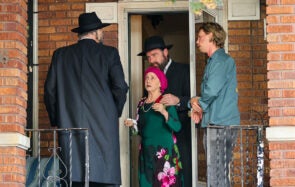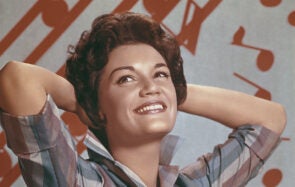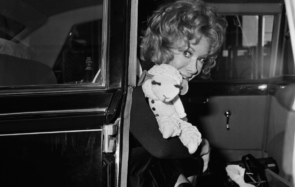One of the most popular songs of Israeli folk dancing (rikudei am in Hebrew) has a bit of a darker backstory than you’d think.
“Od Lo Ahavti Dai” first came out in 1977, released in a tribute program to Naomi Shemer, the “First Lady of Israeli Song.” Shemer wrote some of the nation’s most well-known songs, from “Yerushalayim Shel Zahav” (“Jersualem of Gold”) to “Lu Yehi” (“Let It Be”) to “Al Kol Eleh” (“For All These.”) “Od Lo Ahavti Dai” was originally sung by Sephardi music star Yehoram Gaon. He sings the song with a wide smile and perfect diction, his clear voice overlaying a rhythmic clapping, imbuing the words with confident joy.
In the half-century since, the song has become a common fixture at Jewish summer camps and especially on the dance floor for Israeli folk dances. It’s so iconic it even made it to the “The Floaters,” an excellent Jewish summer camp movie starring Sarah Podemski, Jackie Tohn, Seth Green and Steve Guttenberg. The song plays during a camp dance party in the film, with many a Jewish teen dancing to it.
It is such an upbeat, rousing song. It’s perfect for those beginner “rikudei am” dance steps, holding your fellow dancers’ sweaty hands while dancing back and forth in a large circle, marching and clapping as the chorus plays. But a discerning listener — even one who doesn’t speak Hebrew — might notice a hint of melancholy in it. And they’d be right.
What is “Od Lo Ahavti Dai,” (“I Haven’t Loved Enough”) really about? Well, I’m sorry to tell you, but like many Jewish things, it is ultimately about the fear of death.
Lali Shemer, Naomi’s daughter, recalled in an interview that the song was written around a medical check up or procedure that was not generally life threatening, “but if the patient is a songwriter, I suppose a song will come out of it.”
Back in the 1970s, Shemer was experiencing a health crisis — she was diagnosed with diabetes, which her daughter recounted made her feel like a “caged bird.” She was hospitalized multiple times for lesions related to diabetes and other complications, and it was a time of general “blues” for the writer, her daughter said. Even though these procedures were mostly not life threatening, it’s clear that Shemer was feeling really morbid spending so much time in hospitals.
In the song, the speaker channels the fear of a life being cut short without having done all the things they have dreamed of doing: building their dream home, filling the hills with vineyards, finding water in the desert, drawing a flower, writing a song… the list goes on and on. The singer hasn’t planted grass, hasn’t found time to write their memoir, hasn’t witnessed snow in the middle of harvest season. And perhaps most importantly, as they reflect in the chorus: They haven’t loved enough. And if not now, they wonder, then when?
In a way, the song urges one to seize the day, because you don’t know what tomorrow will bring. Very normal and not at all fatalistic thoughts many a Jewish person has before a routine medical procedure, if I do say so myself.
You can read the full lyrics of the song on Hebrewsongs.com
